Amman is the capital of Jordan.
In Amman, there is a light industry of textiles, food and heavy industry that includes oil refineries.
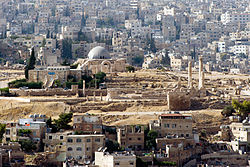
Amman makes up 38% of the country's population.
Even 8,500 years ago, the city served as the capital of the superiors in the second half of the second millennium BC.
Today the population is 4.008 million people.

In Amman there are different neighborhoods
Abdul Al, Khilda, Jabal Amman ash, Al swaifyeh, Shmali, Shumaysani, Al Majd, Tabarbo and more.
The city is located west of the desert border. At an altitude of 773 meters. Above sea level.

The city was founded on 7 hills. But today it covers 19 hills. Near Amman are springs that are used by it for available water sources.

The climate relative to its place in the desert region is mild. The low-invested boards go down in the winter in the form of rain and sometimes in the form of snow.

Amman remained a relatively small town until 1948.
Following the War of Independence and the migration of many Palestinian refugees to it from the Land of Israel, it has grown significantly.
Later they came to it after the war, the Six Days in 1967.
In 1970 from Black September, street battles took place in the city between the Jordanian army and PLO forces, causing extensive damage to buildings in the King's Palace
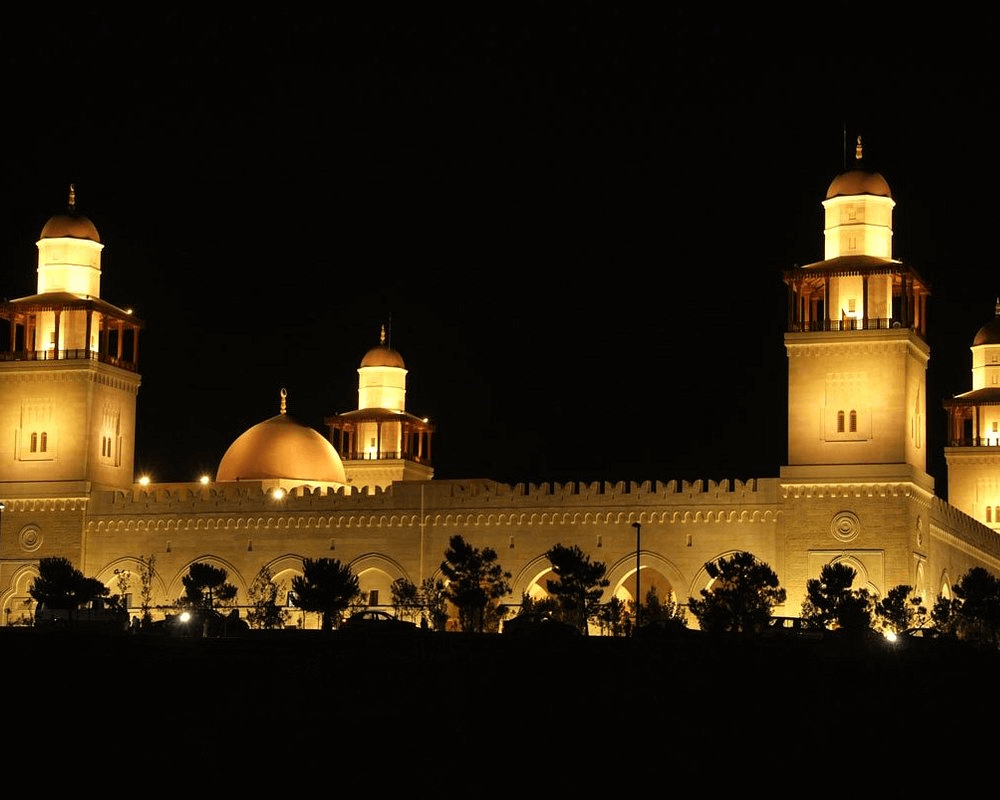
In 1991, refugees from Iraq arrived again, following the Gulf War.
Amman operates a light textile, food and heavy industry that includes oil refineries.
The city is located in the center of the road network in Jordan, and the International Airport named after the Queen on it and is the main air gate of the Kingdom.

There are universities in the city,
Among the most important are the University of Jordan, the Jordanian University of Elizabeth, the German-Jordanian University, the University of Amman.
University of Jordan
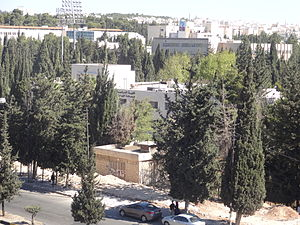
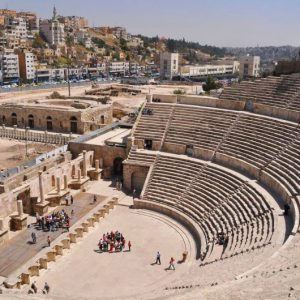
Most of the city's sites
Located in the "State" district, in the center of the city.
Between the valley between Jabal and Ashrafya Madrot, Jabal al-Kala in the north and Jabal Amman in the west.

There are many mosques, like the King Abdullah I Mosque, which was established by King Hussein between 1982-1989. The mosque is located in Jabal al-Wibda north of the Amman border and near the Jordanian parliament.
Can also be found
Abu Darwish Mosque

King Hussein Mosque
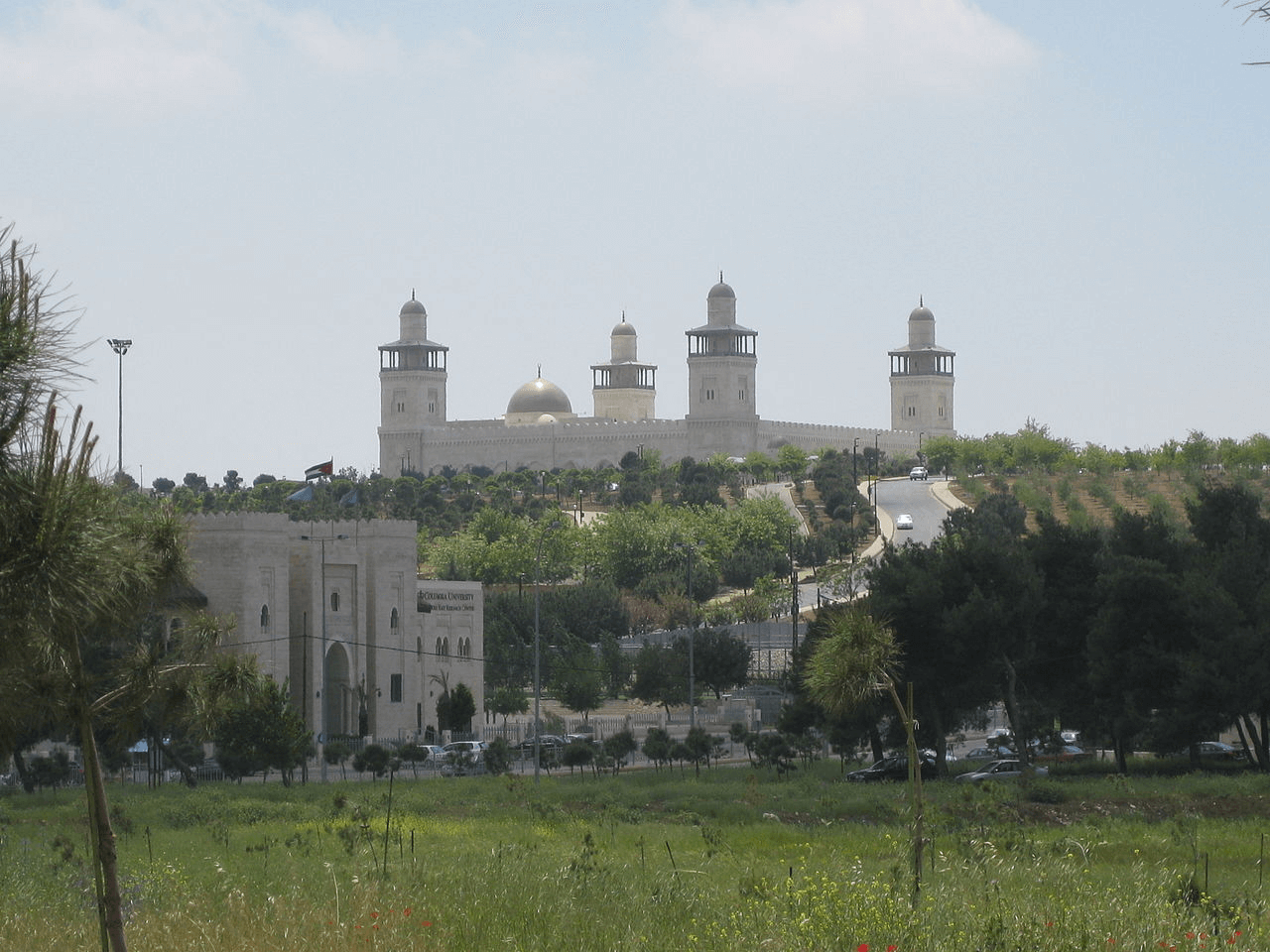
And many other mosques that glorify the city of Amman, raise the importance of Amman in particular and Jordan in general.
Your email address will not be published. Required fields are marked with *